Indoor tropical flowering plants are a popular choice for those looking to add some colour and vibrancy to their indoor spaces. These plants can produce beautiful blooms in a range of colors and shapes, and with the right care, they can thrive in indoor environments. However, caring for indoor tropical flowering plants can be a bit more challenging than caring for other houseplants. In this article, we will explore some tips for caring for indoor tropical flowering plants, including how to provide them with the right lighting, water, and nutrients, as well as how to encourage pollination for successful fruit and seed production.
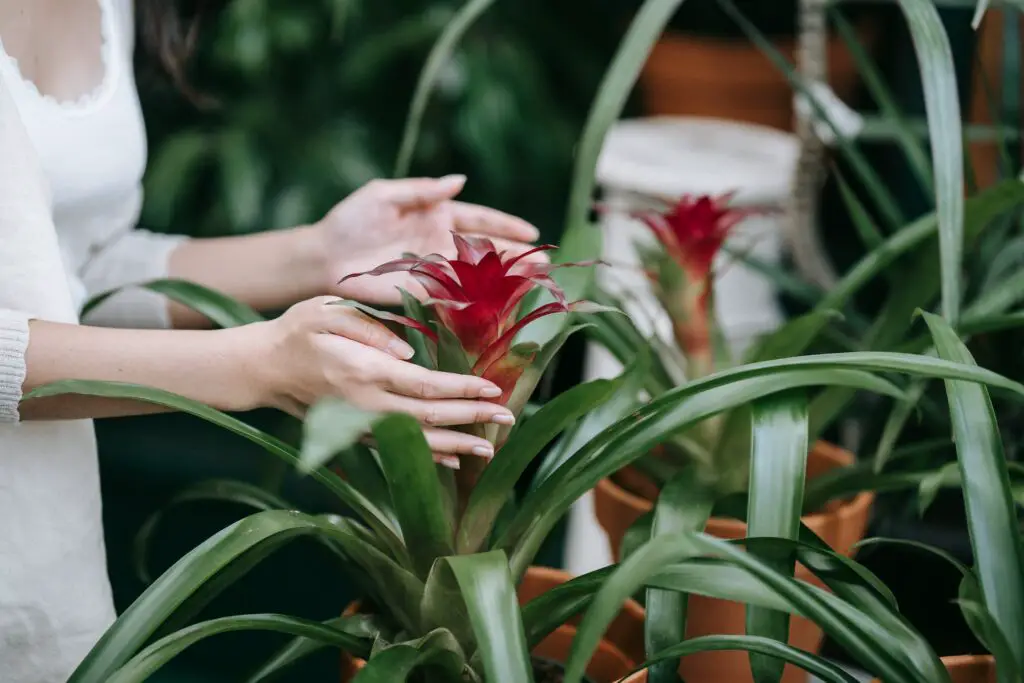
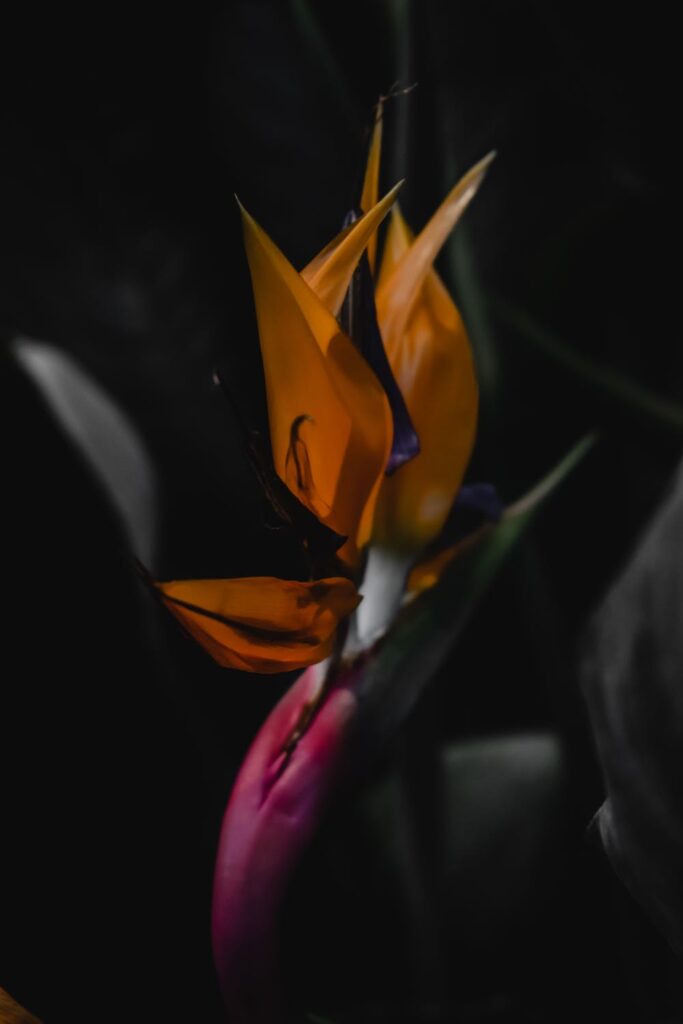
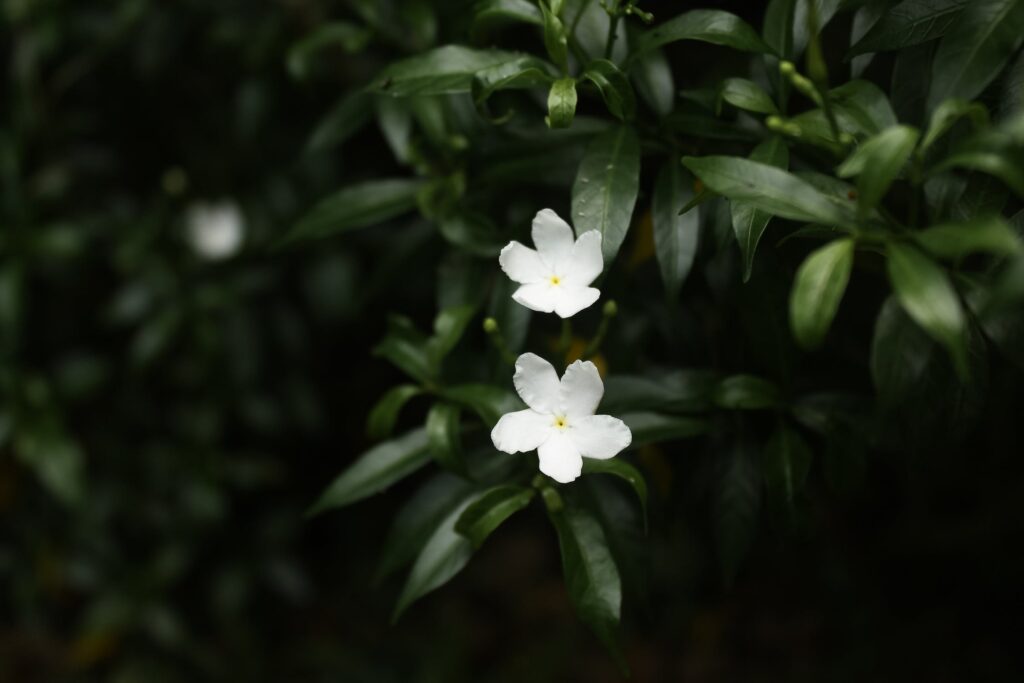
Table of Contents
Anthurium
Anthuriums or the flamingo flower are one of the most popular indoor tropical flowering plants. They are known for their heart-shaped leaves and long-lasting blooms that come in a range of colours, including red, pink, white, and purple. Anthuriums prefer bright, indirect light and well-draining soil. Watering once a week is usually sufficient, and they should be fertilised every other month.
Bromeliads
Bromeliads are another popular indoor tropical flowering plant. They come in a variety of shapes, sizes, and colours, and their striking blooms can last for several months. Bromeliads prefer bright, indirect light and well-draining soil. They are also tolerant of low humidity, making them a great choice for drier homes.
Orchids
Orchids are one of the most elegant and exotic indoor tropical flowering plants. They come in a variety of shapes and sizes, and their blooms can last for weeks or even months. Orchids prefer bright, indirect light and well-draining soil. They also need to be watered regularly, but not overwatered, as they are susceptible to root rot.
Hibiscus
Hibiscus plants are known for their large, showy flowers that come in a variety of colours, including red, pink, orange, and yellow. They prefer bright, indirect light and well-draining soil. Hibiscus plants also need to be watered regularly, and they should be fertilised every other month during their growing season.
Peace Lily
Peace lilies are a popular indoor tropical flowering plant that is known for its elegant white blooms. They prefer bright, indirect light and well-draining soil. Peace lilies are also tolerant of lower light conditions, making them a great choice for darker rooms. They should be watered once a week, and fertilised every other month.
Bird of Paradise
Bird of Paradise plants are known for their striking orange and blue flowers that resemble a bird in flight. They prefer bright, indirect light and well-draining soil. Bird of Paradise plants also need to be watered regularly, and they should be fertilised every other month during their growing season.
African Violet
African violets are a popular indoor tropical flowering plant that is known for its delicate blooms that come in a range of colors, including pink, purple, and white. They prefer bright, indirect light and well-draining soil. African violets should be watered regularly, but not overwatered, as they are susceptible to root rot.
Jasmine
Jasmine plants are known for their fragrant white or pink flowers that bloom in the evening. They prefer bright, indirect light and well-draining soil. Jasmine plants also need to be watered regularly and should be fertilised every other month during their growing season.
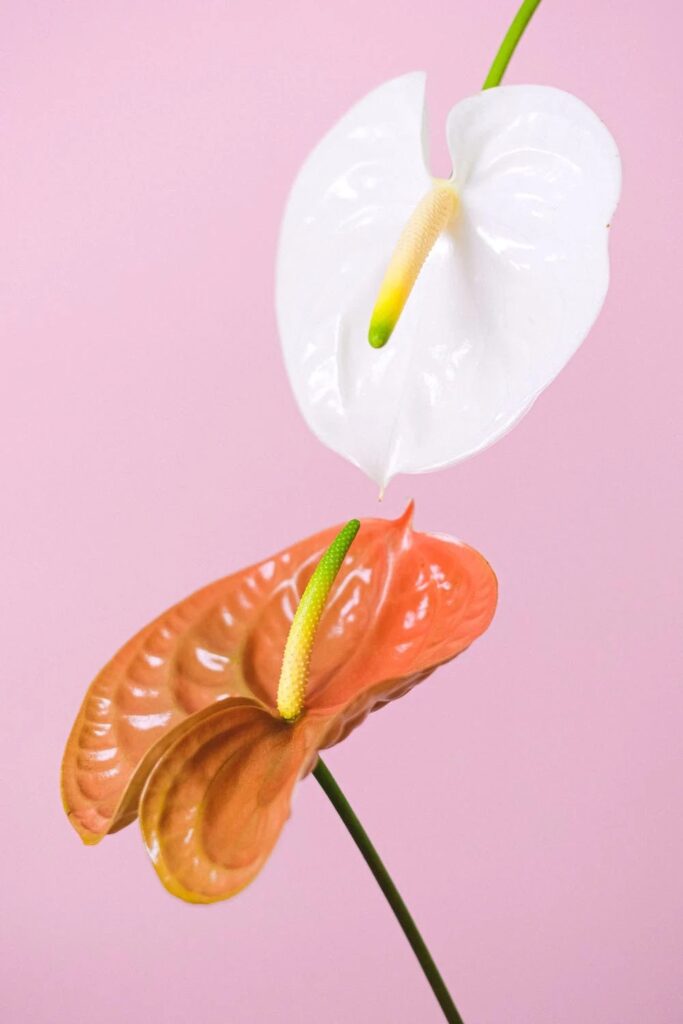
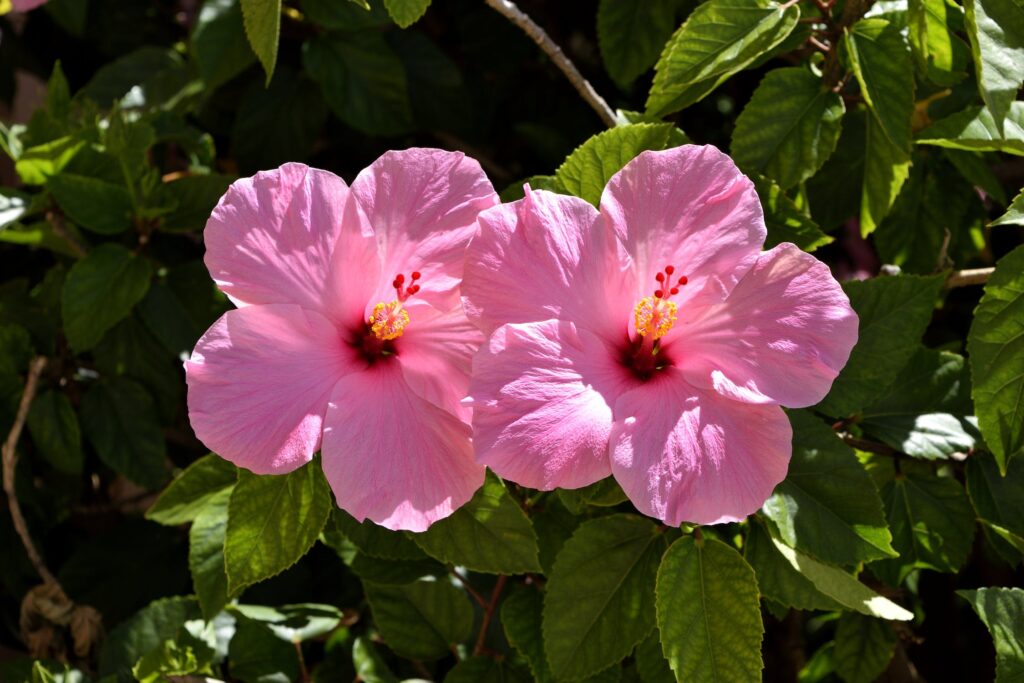
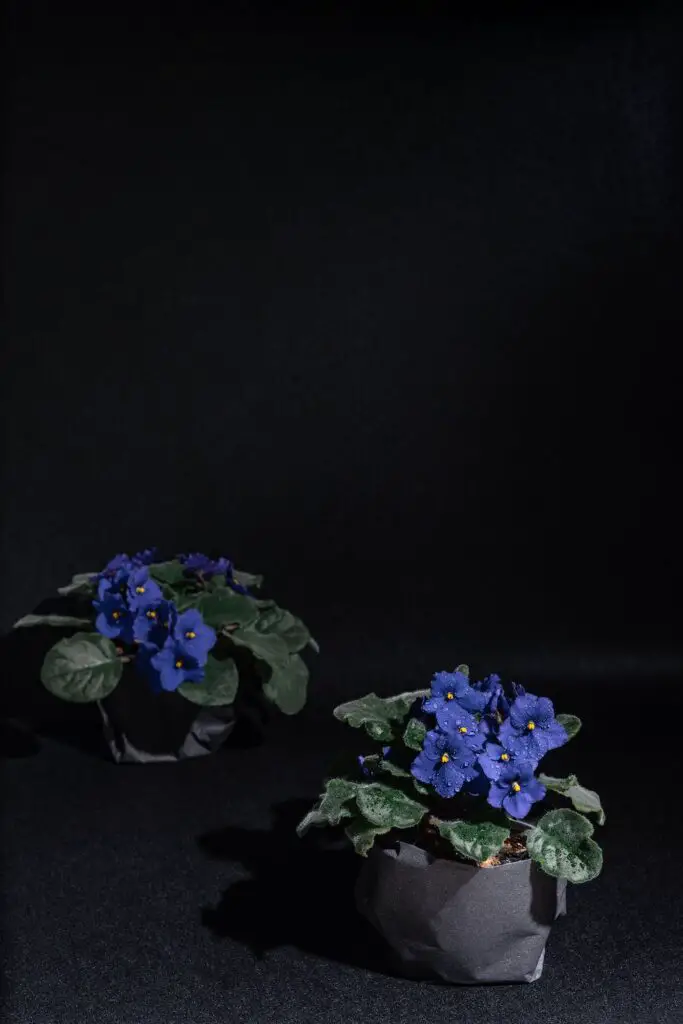
Caring for Indoor Tropical Flowering Plants
Indoor tropical flowering plants require specific care to thrive and produce beautiful blooms. Providing them with proper lighting, water, and nutrients is key to their health and growth. Most of these plants prefer bright, indirect light, so it is important to place them near a window that receives filtered sunlight. It is important to water them regularly but not overwater them, as this can lead to root rot. Additionally, it monitor the plants for any signs of pests or disease and take appropriate action if necessary. Fertilising them every other month during their growing season can help ensure they receive the necessary nutrients. Additionally, checking them for pests and diseases and taking appropriate action is crucial to maintaining their health. Pruning and repotting when necessary can also promote healthy growth and longevity.
Pollinating indoor Tropical Flowering Plants
Pollinating indoor tropical flowering plants can help ensure successful fruit and seed production, and can also help prolong the life of the plant. Many indoor tropical flowering plants, such as orchids and bromeliads, rely on insects, particularly bees and butterflies, for pollination. To encourage pollination, it is important to provide these plants with a suitable habitat that attracts pollinators, such as brightly colored flowers and a source of nectar. Some indoor tropical flowering plants can be hand-pollinated using a small brush or cotton swab to transfer pollen from one flower to another. It is important to be gentle when hand-pollinating to avoid damaging the flowers. Successful pollination can result in the production of fruits, seeds, and new growth for the plant.
Conclusion
Indoor tropical flowering plants are a beautiful addition to any home or office, and with proper care, they can thrive and produce stunning blooms. Providing them with appropriate lighting, watering, and nutrients, as well as monitoring them for pests and diseases, is key to their success. Encouraging pollination through attracting pollinators or hand-pollination can also help ensure successful fruit and seed production. With a little care and attention, indoor tropical flowering plants can provide years of enjoyment and beauty.
